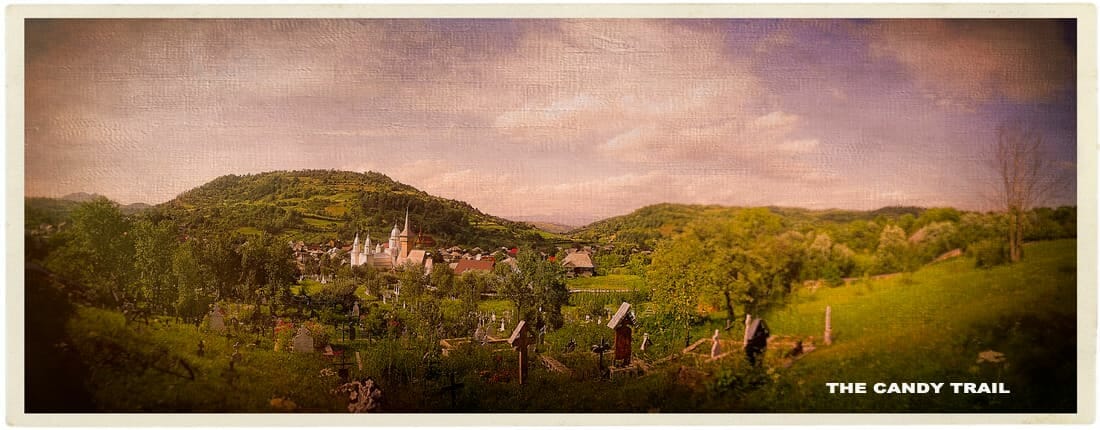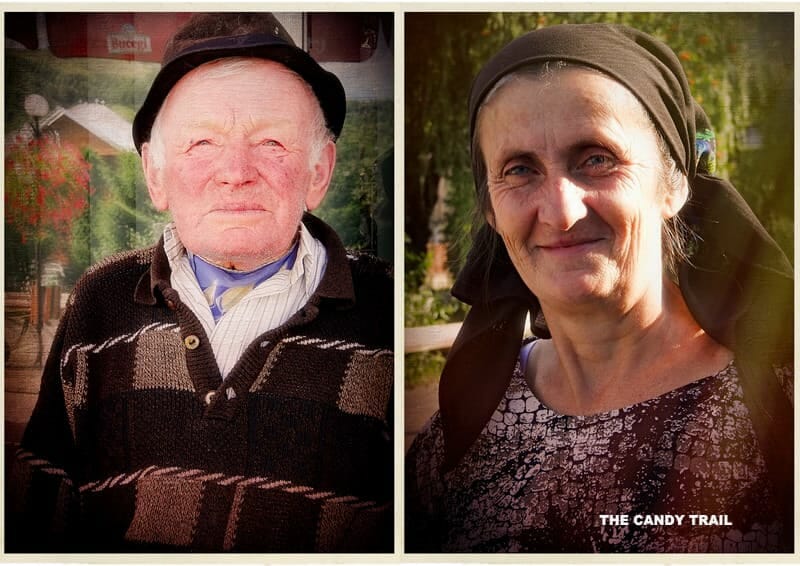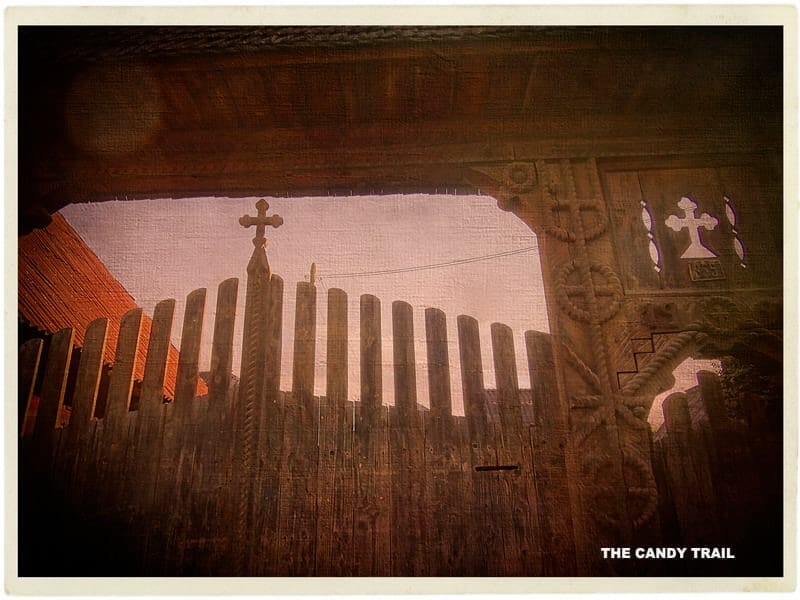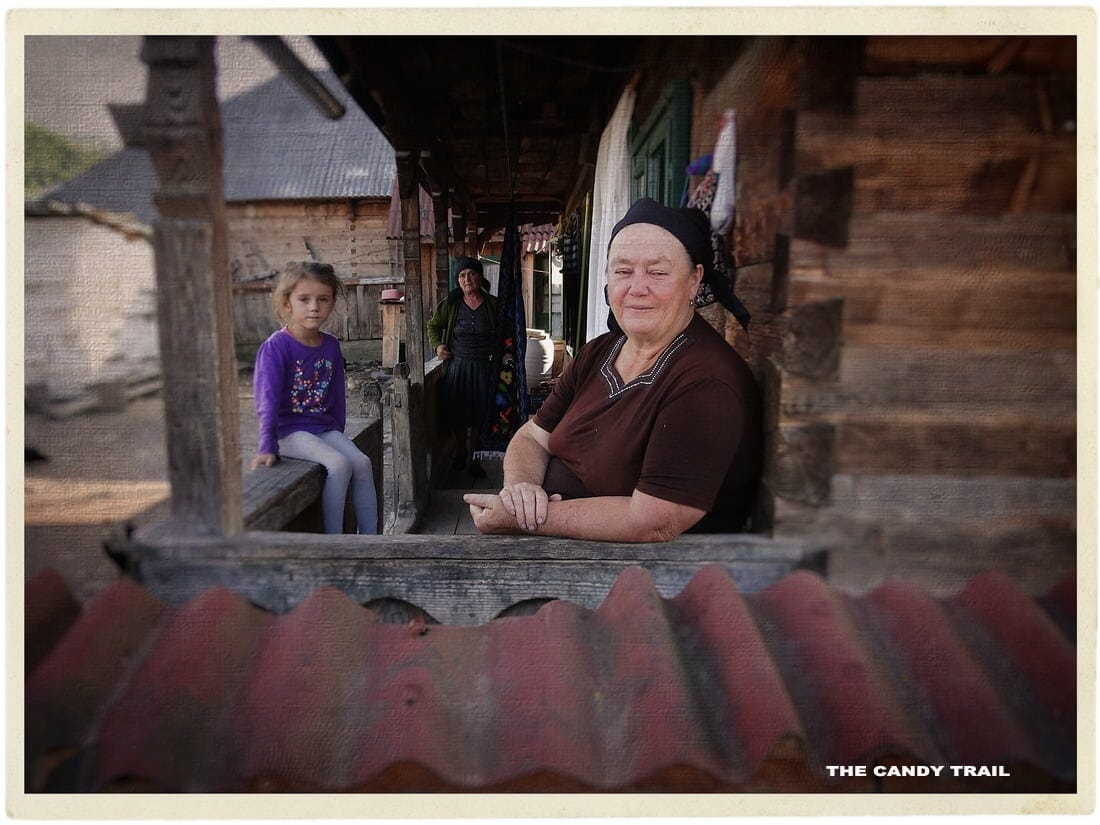A church bell sings. Birds chatter, a buzzing bee, a cowbell clanging.
It’s a pleasure reserved for the countryside – really, just a single, beautiful bell across the valley.

In Botiza – and across the Maramures – Europe’s last peasant communities still thrive
Living as Europeans once did, hundreds of years ago.

Today, fields are cropped with scythes, hay gathered with wooden pitchforks, and village transport is largely horse and cart.

Seemingly, the only modern vehicles moving are occasional domestic tourists on a weekend cruise of the countryside, stopping for 10 minutes to check-out the church, and then go.
One such visitor got out of her car as I was sitting at the outdoor table of the village shop, having a beer.

She asked me in Romanian for directions.
But was dumbfounded to encounter a foreigner in Botiza!

Yet I gave her directions, anyway, pointing – “Just go straight”.
In fact, this how I got to Botiza

Directionless: I’d hitchhiked with a young couple on weekend drive from Bucharest.
He was very chatty; his cute GF, quiet.

He spoke Romanian and Spanish, as he’d worked some years in Spain.
And I fumbled to remember enough Spanish from years ago in Latin America, but we managed on a simple level.

Public transport is very infrequent in Maramures and getting to Botiza isn’t easy
Maybe, there’s one mini-bus daily – in and out – going about 30 km to the next major town (?)

Earlier in the day, I’d visited a monastery.
But then, sat ages on a road without public transport.
However, the first ride – the young Romanian couple – took me all the way to Botiza (luckily, since it’s well-off the main route).

And it was also the couple who found me a local home-stay, before continuing their trip.
Travels in Romania – 2015

